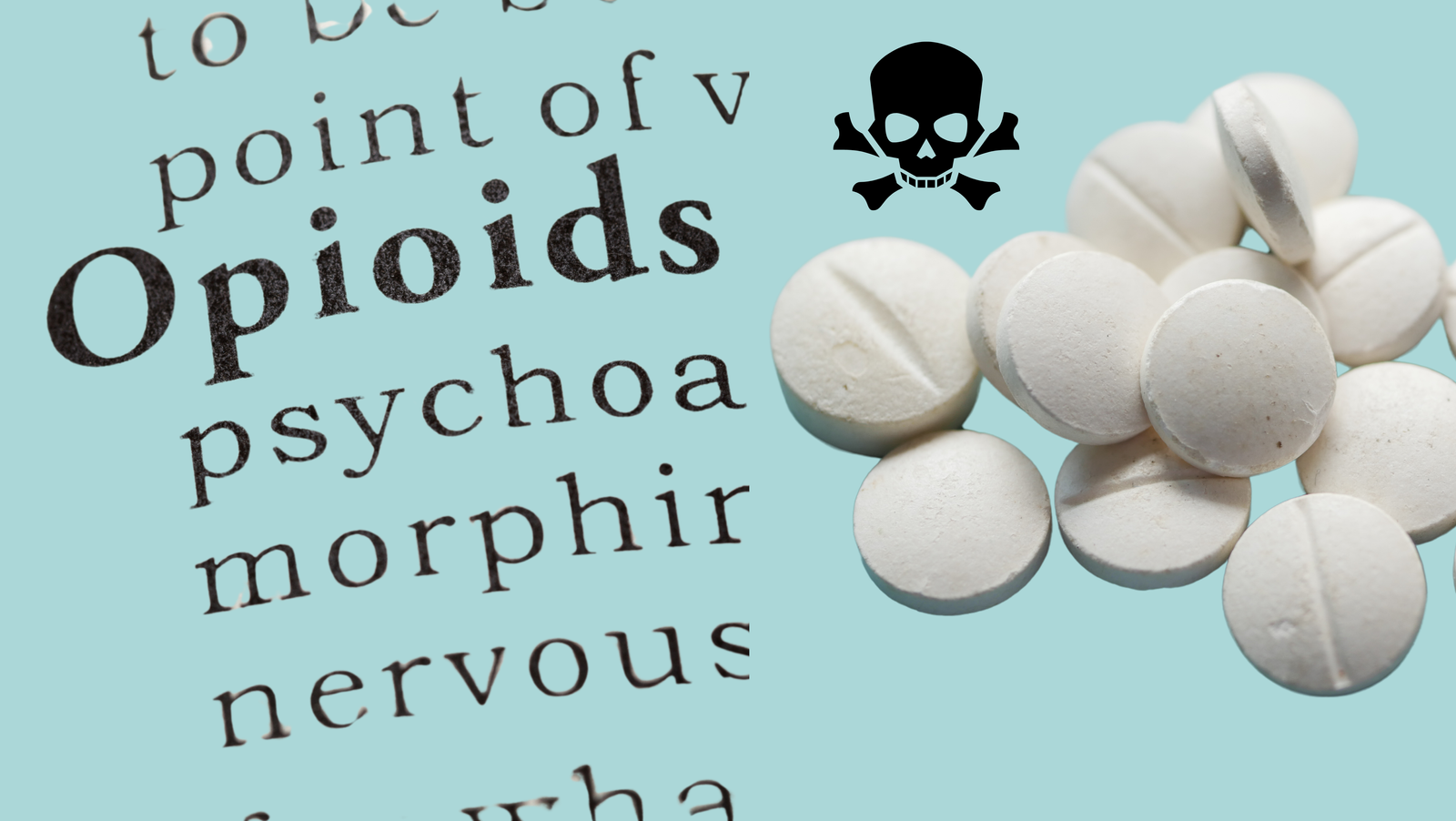The opioid crisis in the United States has reached a staggering scale, claiming countless lives and leaving families and communities grappling with its devastating consequences. In 2020 alone, over 91,000 Americans died from opioid-related overdoses, highlighting the urgency of addressing this public health emergency. Beyond the statistics lie individual struggles, shattered families, and a collective societal burden. This blog post aims to offer information about the crisis and hope by outlining crucial strategies for opioid treatment, prevention, intervention, recovery and the effects of opioids.
Unveiling the Opioid Problem
The roots of the opioid crisis are multifaceted, interwoven with factors like:
Over prescription of opioid medication
The initial wave of the crisis stemmed from the widespread prescription of powerful pain medication, often for long durations and at high dosages, even for minor conditions. This created an opioid dependence on these prescribed medications, increasing the risk of misuse and diversion.
Illicit drug market and synthetic opioids
The illicit drug market fueled the crisis further with the emergence of highly potent synthetic opioids like fentanyl. These substances are significantly cheaper and more potent than heroin, making them readily available and dangerously addictive.
Social and economic disparities
Poverty, unemployment, lack of access to health care provider, and social isolation contribute significantly to the risk of opioid abuse. These factors create stress, hopelessness, and limited opportunities, making individuals more susceptible to substance use as a coping mechanism.
Mental health concerns and trauma
Untreated mental health conditions, including depression, anxiety, and PTSD, often co-occur with opioid use disorder. Individuals may self-medicate with opioids to alleviate emotional pain, further complicating the situation.
Opioids are a class of drugs derived from the opium poppy plant or synthetically created. They act on the central nervous system, producing feelings of euphoria, pain relief, and relaxation. However, their addictive nature leads to dependence and tolerance, requiring users to take increasingly higher doses to achieve the desired effect. Opioid use disorder can lead to severe withdrawal symptoms when use is stopped and significantly increases the risk of overdose, which can be fatal.
Strategies for Prevention
Combating the opioid crisis requires a multi-pronged approach, starting with prevention efforts on multiple levels:
Healthcare Professional Education and Reform:
Stricter guidelines for opioid prescribing
Healthcare professionals should prioritize non-opioid pain management options as the first line of o pioid treatment programs, reserving opioids for severe cases and adhering to stricter prescribing guidelines regarding duration and dosage.
Improved healthcare professional training
Medical and nursing schools should integrate comprehensive education on opioid risks, addiction warning signs, and alternative pain management strategies into their curriculum.
Prescription drug monitoring programs (PDMPs)
Encourage healthcare professionals to actively utilize PDMPs to identify potential misuse and diversion of opioids.
Continuing medical education (CME) on responsible opioid prescribing
Provide ongoing training opportunities for healthcare professionals and healthcare provider to stay updated on best practices and evolving regulations on treatment of opioid use.
Public Awareness and Education
Targeted campaigns for youth
Develop age-appropriate materials and programs that address the dangers of opioid misuse and addiction, utilizing peer-to-peer outreach and social media engagement. Partner with schools, community organizations, and youth influencers to amplify messaging.
Comprehensive education for adults
Provide accessible information about opioid risks, safe prescribing practices, and alternative pain management options for the general public through public service announcements, community forums, and media partnerships. Address misconceptions and stigma surrounding addiction to encourage help-seeking behavior.
Harm Reduction Strategies:
Expand access to needle exchange programs (NEPs)
Facilitate access to sterile needles and syringes to prevent the spread of bloodborne diseases among people who inject drugs as support to opioid treatment programs.
Advocate for widespread distribution of naloxone
Train community members, first responders, and individuals at risk of overdose on how to administer naloxone, a medication that can reverse an opioid overdose.
Support medication-assisted treatment (MAT)
Promote access to MAT, which combines medication with behavioral therapy, as an effective treatment for opioid use disorder.
Addressing Underlying Social and Economic Factors:
Invest in community-based initiatives
Support programs that address social determinants of health, such as poverty, unemployment, lack of access to housing, and limited mental health services, which contribute to addiction risk.
Promote economic opportunities
Advocate for policies that create jobs, raise wages, and expand access to education and training, potentially reducing risk factors for substance use disorders.
Strengthen social support networks
Encourage initiatives that build community cohesion, foster positive social connections, and offer resources for individuals and families struggling with addiction.
Strategies for Intervention
Early intervention is crucial to prevent the escalation of opioid use and potentially life-threatening consequences. Different approaches can be implemented:
Medication-assisted treatment (MAT)
Medication-assisted treatment (MAT) uses medications like methadone and buprenorphine alongside counseling and behavioral therapies to reduce cravings, prevent relapse, and improve overall functioning. This evidence-based approach has proven to be highly effective in treating opioid use disorder.
Behavioral therapies
Therapies like cognitive-behavioral therapy (CBT) as treatment options of opioid use can help individuals identify and address negative thought patterns and behaviors that contribute to addiction. CBT teaches coping skills to manage stress, triggers, and cravings in a healthy way.
Support groups and community-based recovery programs
Connecting with others who share similar experiences can provide invaluable support, encouragement, and a sense of belonging. Support groups and recovery programs offer a safe space to share challenges, celebrate successes, and build a support network during the recovery journey.
Strategies for Recovery
While the road to recovery can be challenging, there are success stories, and hope exists for positive change. Recovery from opioid use disorder requires a comprehensive approach, including federal regulations that encompasses the following:
Long-term access to MAT and supportive therapies: Continued support through MAT and therapy is crucial to maintain progress and reduce the risk of relapse.
Vocational rehabilitation and job training: Equipping individuals with job skills and employment opportunities can foster a sense of purpose, independence, and stability.
Housing and social support services: Access to safe and stable housing and ongoing support services can significantly improve recovery outcomes.
Family and community involvement: Including family members and loved ones in recovery can provide essential support and contribute to a strong support network.
It's important to acknowledge that relapse is a possibility on the road to recovery. However, with ongoing support, resources, and a commitment to long-term treatment, individuals can overcome challenges and achieve sustained recovery.
Conclusion
The opioid crisis is a complex public health issue, but it is not insurmountable. We can make significant progress by implementing comprehensive prevention strategies, providing access to effective interventions, and fostering a supportive environment for recovery.
This blog post encourages you to:
- Get involved: Raise awareness about the opioid crisis, fight stigma surrounding addiction, and support organizations working towards solutions.
- Seek resources: Explore the resources listed below (or provided elsewhere) to learn more about the crisis, find help for yourself or loved ones, and support organizations working in this field.
Together, we can create a future free from the devastating impact of the opioid crisis.













